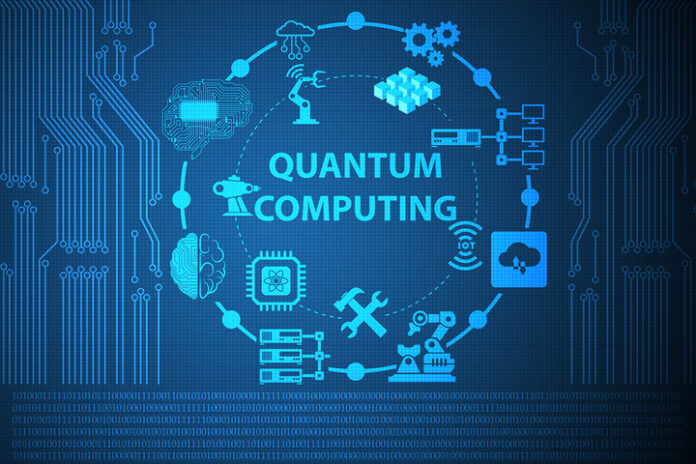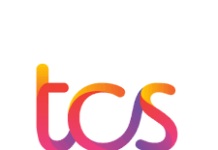CHARACTERISTICS OF A DIGITAL SYSTEM : Quantum Computing and It’s Aspects
Quantum Computing and It’s Aspects. The binary logic used in the digital systems assumes only two values either HIGH / LOW.
These two voltage levels represent the two binary digits 1 and 0
If the higher of the two voltages represents a 1 and the lower voltage represents a 0. The system called a positive logic system.
On the other hand, if the lower voltage represents a 1 and the higher voltage represents a 0. We have a negative logic system.

QUANTUM MECHANICS : Quantum Computing and It’s Aspects
WHAT IT IS?
The smallest amount of a physical quantity that can exist independently is termed as Quantum
Quantum mechanics is a fundamental branch of physics concerned with processes involving particles like atoms and photons
Subatomic particles and electromagnetic waves are neither simply a particle nor wave but have certain properties of each. This originated the concept of wave-particle duality.
WAVE-PARTICLE DUALITY
Every elementary particle / quantic entity may partly described in terms not only of particles, but also of waves.
A given kind of quantum object will exhibit sometimes wave, sometimes particle character, in respectively different physical settings.
QUANTUM COMPUTING : Quantum Computing and It’s Aspects
Richard Feynman observed in the early 1980’s that certain quantum mechanical effects cannot simulated efficiently on a classical computer.
This led to speculation that computation in general could be done more efficiently if it used these quantum effects.
In quantum systems, the computational space increases exponentially with the size of the system which enables exponential parallelism.
This parallelism could lead to exponentially faster quantum algorithms than possible classically.
The catch is that accessing the results, which requires measurement, proves tricky and requires new non-traditional programming techniques.
Building quantum computers, computational machines that use such quantum effects, proved tricky. As no one was sure how to use the quantum effects to speed up computation, the field developed slowly.
It wasn’t until 1994, when Peter Shor surprised the world describing a polynomial. Polinomial time quantum algorithm for factoring integers the field of quantum computing came into its own.
This discovery prompted a flurry of activity. Both among experimentalists trying to build quantum computers and theoreticians trying to find other quantum algorithms.

QUANTUM BITS
A qubit is a quantum bit, the counterpart in quantum computing to the binary digit. Bit of classical computing.
Just as a bit is the basic unit of information in a classical computer. A qubit is the basic unit of information in a quantum computer.
In a quantum computer, a number of elemental particles such as electrons / photons can used. With either their charge or polarization acting as a representation of 0 and/or 1.
Each of these particles known as a qubit; the nature and behavior of these particles (as expressed in quantum theory ) form the basis of quantum computing.

QUANTUM SUPERPOSITIONS
Quantum superposition is a fundamental principle of quantum mechanics.
It states, much like waves in classical physics, any two (/ more) quantum states can added together (“superposed”). The result will be another valid quantum state; and conversely, that every quantum state can represented as a sum of two or more other distinct states.
It applied to quantum logical qubit state, as used in quantum information processing. As a linear superposition of the “basis states” |0> and |1>.
Here |0> is the Dirac notation for the quantum state. Which will always give the result 0 when converted to classical logic by a measurement. Likewise |1> is the state that will always convert to 1.

QUANTUM ENTANGLEMENT
Quantum entanglement, a physical phenomenon occurs when pairs / groups of particles generated / interact ways. Such the quantum state of each particle cannot described independently of the others. Even when the particles separated a large distance – instead, a quantum state must described for the system as a whole.
Measurements of physical properties such as position, momentum, spin, and polarization, performed on entangled particles found to appropriately correlated.
QUANTUM PARALELLISM
Classically, the time it takes to do certain computations can be decreased by using parallel processors.
To achieve an exponential decrease in time requires an exponential increase in the number of processors. Hence an exponential increase in the amount of physical space needed. However, in quantum systems the amount of parallelism increases exponentially with the size of the system.
Thus, an exponential increase in parallelism requires only a linear increase in the amount of physical space needed. This effect called quantum parallelism.
Advantages of quantum computing
It can process massive amount of complex data.
It has the ability to solve scientific and commercial problems.
Its powerful processor can process data in a much faster speed.
It has the capability to convey more accurate answers.
Its feature of parallelism enables it to counter large number of problems simultaneously.
CHALLENGES
Scientists have a challenge to prove that a quantum machine is actually doing quantum computations. That’s because in a quantum system. The very act of observing information is transit, changes in the nature of the data.
THE FUTURE
Quantum computing technology will only continue to improve. Quantum computers can also used to efficiently simulate other quantum systems. Perhaps someday quantum computers will used to design the next generation of classical computers.
Recently, D-Wave Systems, announce that it broke the 1000 qubit barrier. Which (if true) would make it the most powerful computer on the planet. Now IBM, Microsoft, HP and Google are trying to figure out how to advance and commercialize the technology. In association with D-wave.
It is impossible even to predict what technology will win out in the long term. Theory also continues to advance. Various researchers are actively looking for new algorithms and communication protocols to exploit the properties of quantum systems. It’s a trend worth watching while we won’t be able to buy a quantum computer for a few more years.
This is still science–but it may become technology sooner than we expect.
Click Here To Visit Our Website





